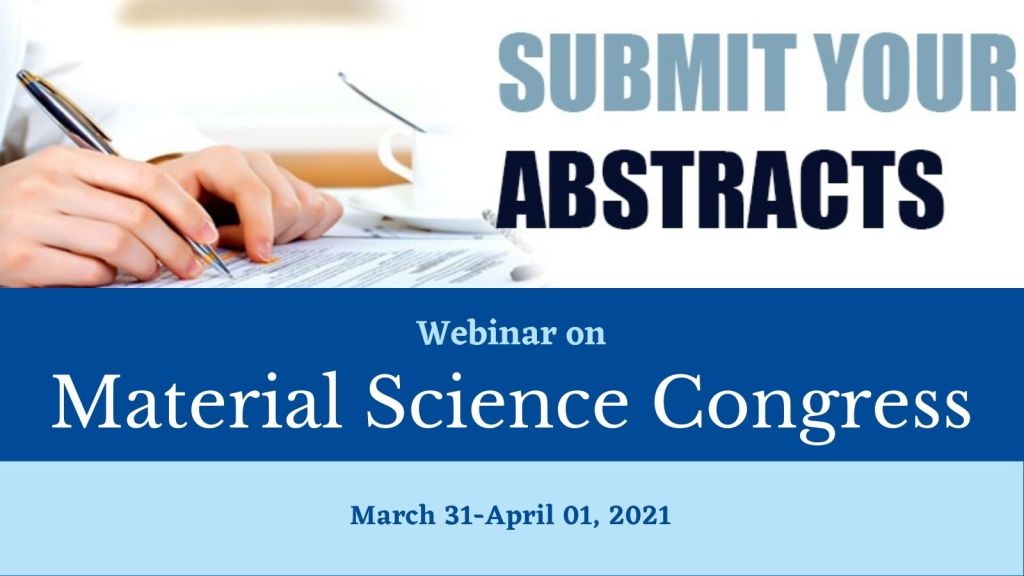#MatCongress2021
Semiconductor device, electronic circuit component made from a material that is neither a good conductor nor a good insulator. Such devices have found wide applications because of their compactness, reliability, and low cost. The conductivity of a semiconductor is generally sensitive to temperature, illumination, magnetic fields, and minute amounts of impurity atoms. Many of the compound semiconductors have electrical and optical properties that are absent in silicon. These semiconductors, especially gallium arsenide, are used mainly for high-speed and optoelectronic applications.
For more: http://www.globalepisteme.org/Conference/material-science-conference
#materialsscientistsConferences#EuropeanNanotechnologyConferences#MaterialsScienceConferences#NanotechnologyConferences2020#Covid2019#Corona

